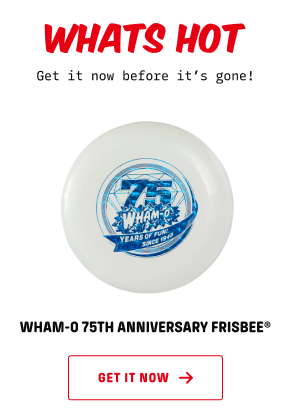In the summer of 1972, in Oregon, a guy named Mike Marshall showed his friend John Stalberger something unusual — a handmade beanbag he could kick around with surprising control. Stalberger, recovering from a knee injury at the time, saw more than just a fun trick. He saw potential.
The two began playing what they called “footbag” — a game where you keep the bag off the ground using only your feet. After six months, Stalberger’s knee had healed, and the duo had become masters of the game. Everywhere they went, people stopped to watch. Curiosity turned into crowds. A sport was born.
They called it Hacky Sack®, and in 1974, they filed for a patent. The early bags were hand-sewn, filled with everything from rice to glass buttons, and shaped like little squares. Over time, the design evolved into the round, sand-filled form you know today.
From Handmade bags to National Craze
Starting with square beanbags filled with rice and glass buttons, Mike and John refined their design. They filed a patent in 1974 and called their creation Hacky Sack®. Sadly, Mike passed away young, but John kept the dream alive, spreading the game to schools and communities. By the early ‘80s, Hacky Sack® had become a favorite pastime from playgrounds to college campuses.
But tragedy struck before they could take it big — Mike Marshall passed away from a heart attack at just 28. Stalberger, driven by friendship and faith, pushed forward. He founded the National Hacky Sack Company and hit the road, introducing the game to schools across Oregon. By the early '80s, kids everywhere were kicking. So were college students, teachers, even news anchors. In 1983, Stalberger sold the rights to WHAM-O, the legendary toy company behind the Frisbee®, Slip ’N Slide®, and SuperBall®. Hacky Sack® was now officially part of the Wham-O family.
Wham-O joins the game
Over 25 million footbags have been sold since. There’s now a World Footbag Association, official rules, and tournaments around the globe. But at its heart, Hacky Sack® has always been about movement, connection, and shared play — a circle of friends and a simple challenge: don’t let it drop.

















